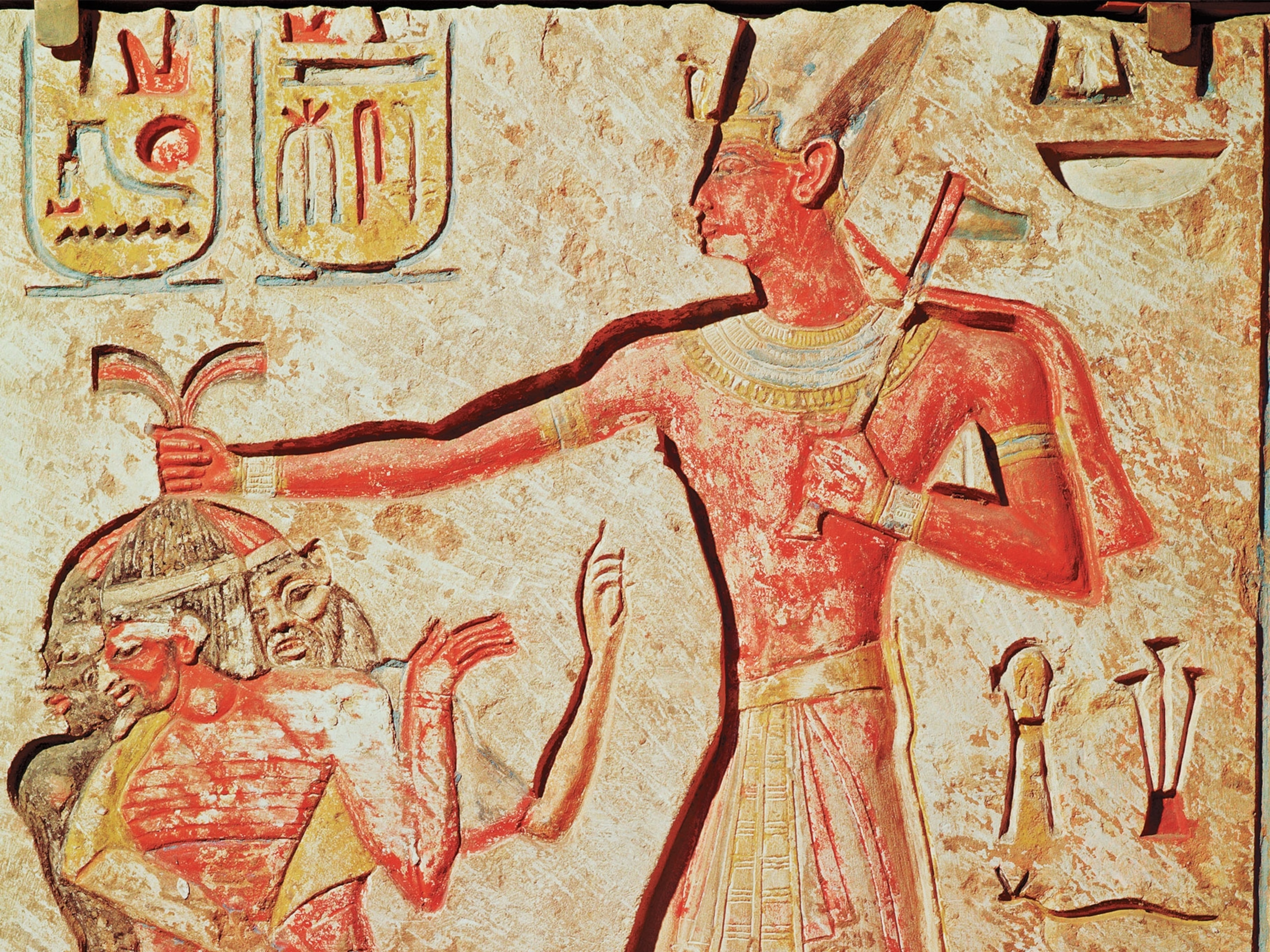Ancient Chinese Temple Uncovered After Four Years of Excavations
The Great Shangqing Palace burned to the ground in the 1930s, but now archaeologists know where the ancient temple once stood.
For more than half a millennium, the Great Shangqing Palace was the primary place of worship for a popular Taoist sect in China. It was reportedly where several generations of Chinese emperors worshipped.
But in 1930, the temple completely burned to the ground. After that, archaeologists weren’t sure of its exact location.
Now, thanks to a four-year excavation, the remains of the palace have been confirmed. They sit at the foot of Longhu Mountain in Jiangxi Province in eastern China.
It's the largest excavation ever conducted for a Chinese Taoist site.
To pinpoint the exact location, archaeologists from China's Jiangxi Provincial Research Institute of Archaeology had to survey an area that stretched more than 1.9 million square feet. Eventually they were able to excavate 50,000 square feet of the palace grounds itself.
Video taken at the site shows just how expansive the grounds are. The ancient stone foundation is all that remains today, but the archaeologists plan to protect the site and erect exhibitions that educate visitors about the historic temple that once stood there.
The Great Shangqing Palace was built during China's Song Dynasty, which lasted from 960 to 1279. Confucianism and Buddhism also had religious presence during this time period. Art and culture, supported by emperors, also thrived during the Song Dynasty.
In addition to confirming the temple's location, archaeologists also found pottery, porcelain artifacts, and glazed tiles from ancient paintings.
"We obtained a clear picture of the basic characteristics of the Taoist activities here and discovered the superposition of geological layers from the Song, Yuan, Ming, and Qing dynasties, and the architecture styles in these periods," said Xu Changqing, director of the institute, in an interview with Chinese media outlet CCTV.
While four years' worth of excavations are finished, archaeologists aren't done studying the site. They plan to piece together exactly when the temple was constructed and the cultural climate in which it was built.



